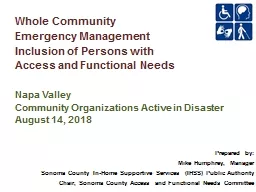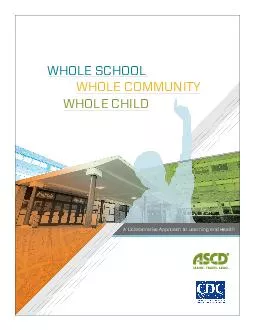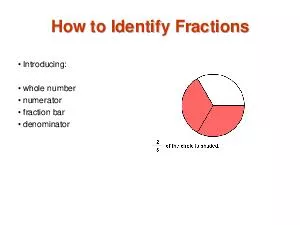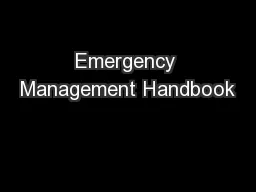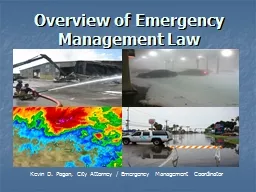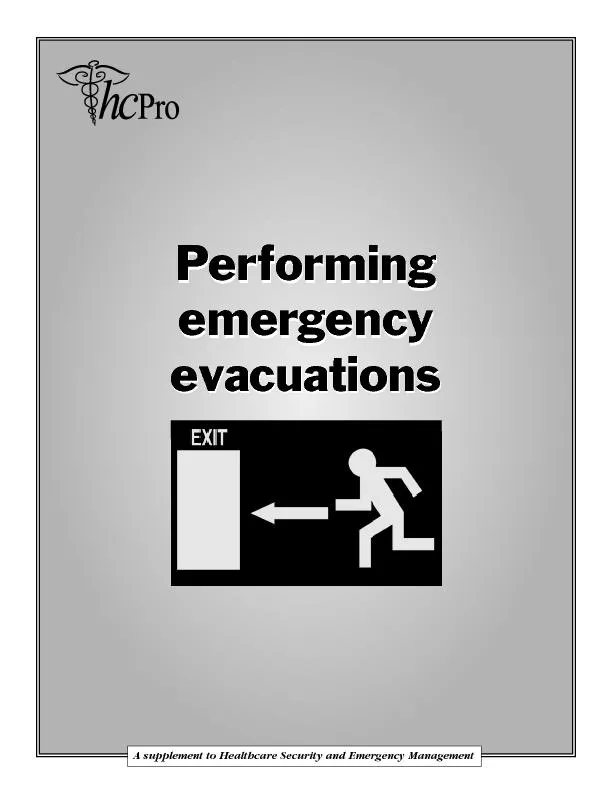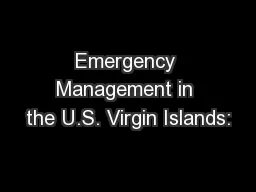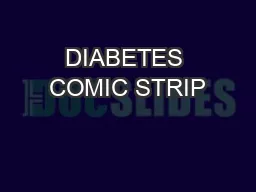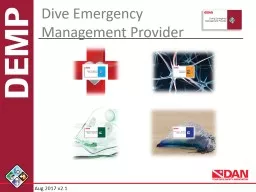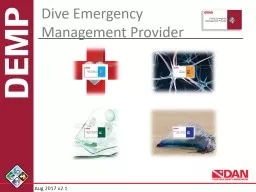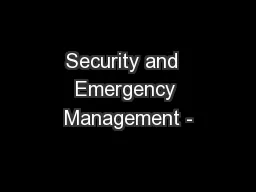PPT-Whole Community Emergency Management
Author : enjoinsamsung | Published Date : 2020-06-19
Inclusion of Persons with Access and Functional Needs Prepared by Mike Humphrey Manager Sonoma County InHome Supportive Services IHSS Public Authority Chair Sonoma
Presentation Embed Code
Download Presentation
Download Presentation The PPT/PDF document "Whole Community Emergency Management" is the property of its rightful owner. Permission is granted to download and print the materials on this website for personal, non-commercial use only, and to display it on your personal computer provided you do not modify the materials and that you retain all copyright notices contained in the materials. By downloading content from our website, you accept the terms of this agreement.
Whole Community Emergency Management: Transcript
Download Rules Of Document
"Whole Community Emergency Management"The content belongs to its owner. You may download and print it for personal use, without modification, and keep all copyright notices. By downloading, you agree to these terms.
Related Documents

